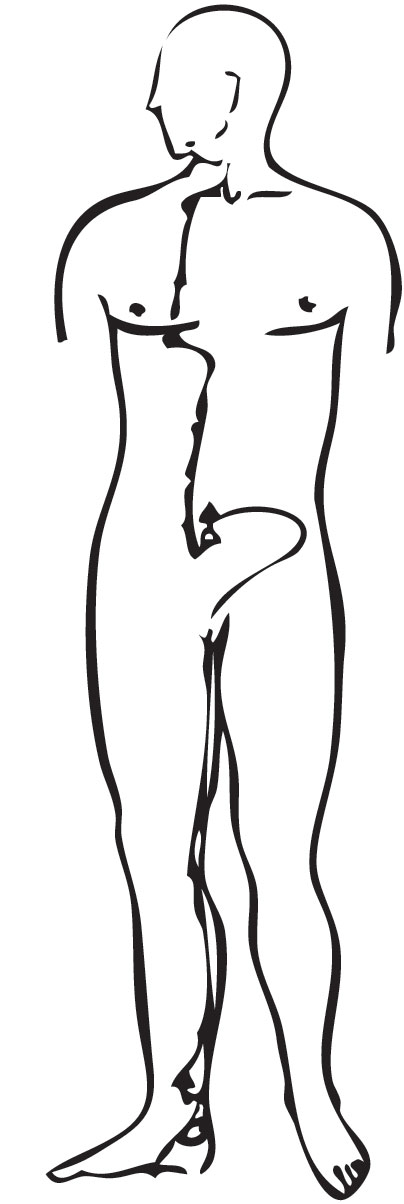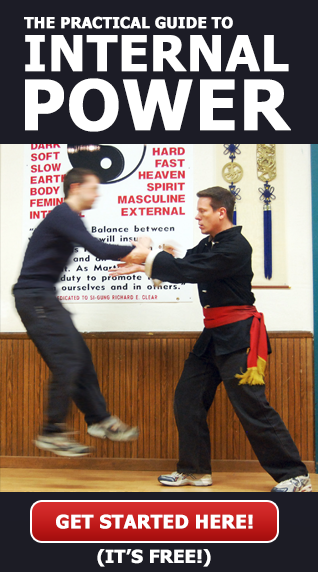[Death Touch (Dim Mak) part 1 of 3]
Dim Mak or Death Touch is a field of study within Chinese martial arts that is usually only known by senior masters and Chinese Medicine practitioners.
Dim Mak is a term that is usually translated as vital or pressure point striking.
Dim Hsueh is a related term has been translated as the touch of death or Delayed Death Touch. Generally speaking Dim Mak is the major category and Dim Hsueh is a sub-category within the body of knowledge referred to as Dim Mak.
In the United States the most common version of Dim Mak to be found is a version whereby the practitioner hits several related pressure points in a row resulting in a knockout to the recipient. This is one kind of Dim Mak but there are many other kinds of Dim Mak.
This field of study offers a lot more than just learning where the points are and then learning a particular order in which to strike or hit the points.
How Pressure Point Strikes Work
The meridian system of the body as studied in Chinese medicine and Dim Mak is a series of pathways that cover the entire body. For instance the Kidney meridian runs from the middle of the bottom of the foot, up the body through the kidney area, towards the top of the chest and ends underneath the back of the tongue.
To help explain about some different kinds of Dim Mak I will focus here on the heart and lung meridians. In the arm the lung meridian is on the index finger and runs up the radius side of the arm. The heart meridian is on the little finger side and runs up the ulna side of the arm.
Dim Mak pressure point study involves learning where the points on the meridian are easily accessed from the surface of the body.
I will use the radius bone as an example to help explain the depth issue.
Why Is It Harder To Hit the Meridians In Some Places?
In the average person, near the wrist you can easily touch the radius bone but near the meaty part of the forearm you will mostly feel flesh and the bone is buried under it.
In some areas of the arm the heart and lung meridians are covered quite well by muscle. In other areas the meridian can be accessed from the surface of the arm.
In a few areas where the bone can easily be accessed from the surface of the arm the meridian is between the bone and skin. This last setup makes it easy to access and easy to affect because the bone acts as a backboard or anvil to strike the meridian against.
The points where the meridian is easily accessed from the surface are the pressure points on the meridian and are commonly known just as pressure points.
Learning how and where to strike these points is one kind of Dim Mak.
To be continued… Part 2 Dim Mak


Speak Your Mind